Bristol’s workforce was certainly industrious in the immediate post-War years, despite being asked to effectively switch specialties from fighter planes to motor cars overnight. With their first production car, the 400, they had established an inimitable automotive identity that would inform the company’s offerings for decades to come. Plotting an apex between sportiness and stateliness as yet unclipped by other manufacturers, its 401 would follow in the same vein, both stylistically and dynamically. Carrozzeria Touring of Milan was invited to propose a design for the 401 – which again used the straight-six engine purloined from BMW – making use of the Superleggera construction process it was then pioneering.
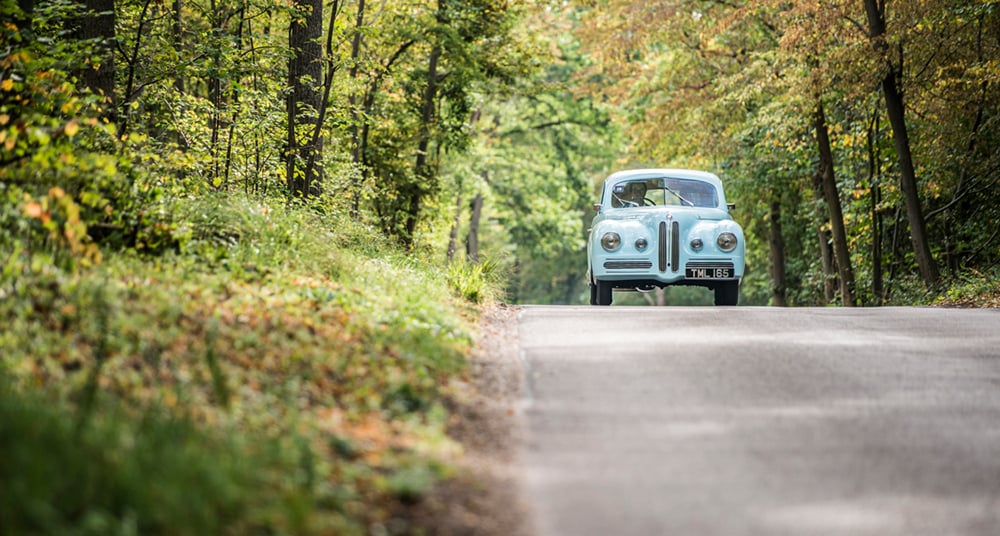
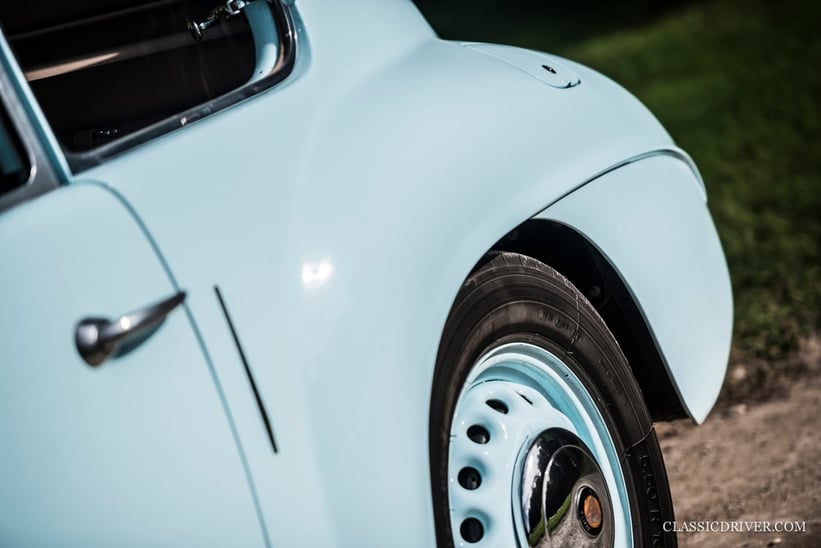
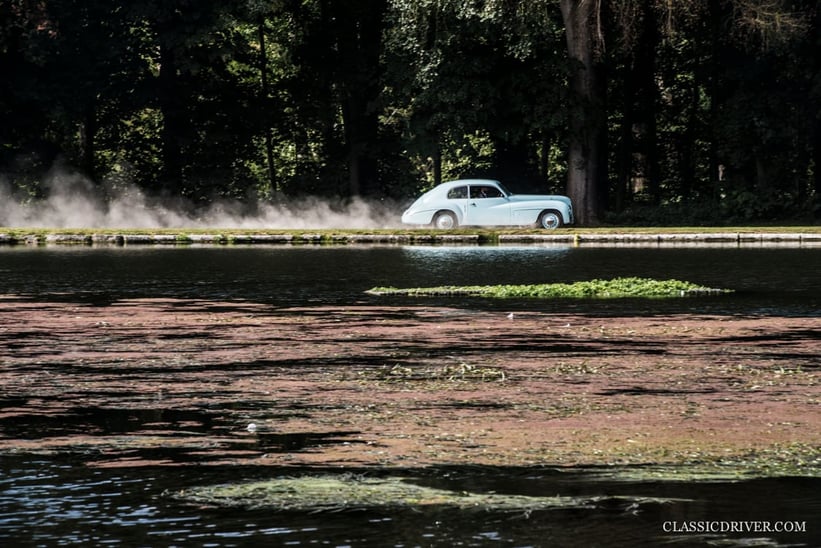
As such, the aluminium coachwork it wore made it fast and supremely nimble, with this example’s credentials honed for competitive exploits by way of Perspex windows and a glassfibre bonnet. Indeed, it was entered into the Monte-Carlo rally by its first owner and finished an impressive eighth. However, Bristol’s busybody engineers proved more difficult to conquer. Appreciative of the lightweight construction yet unimpressed by its refinement, they chose to go it alone for the rest of the production run, leaving seven or eight Touring saloons as mere relics – but not without ‘borrowing’ the Superleggera process, and combining the merits with its own aviation expertise. In the course, the ‘in-house’ 401 lost some of the charms of the Touring 401s, such as the stalked side repeaters and teardrop tail-lights.
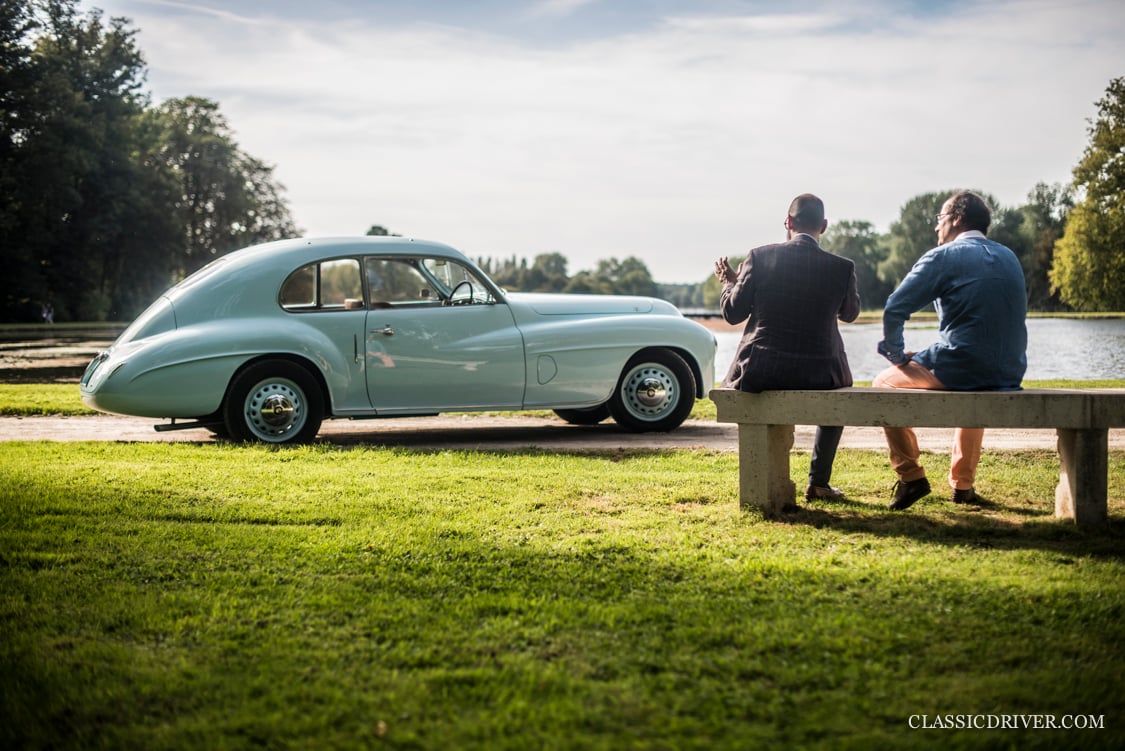
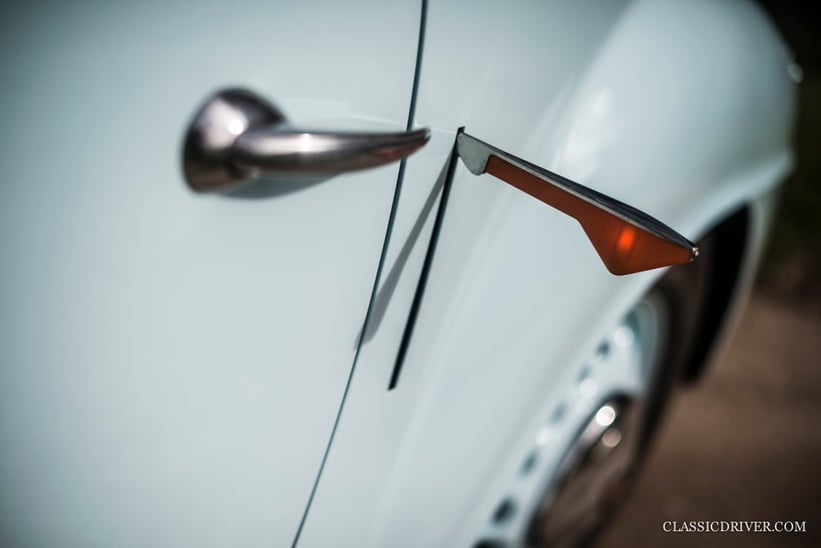
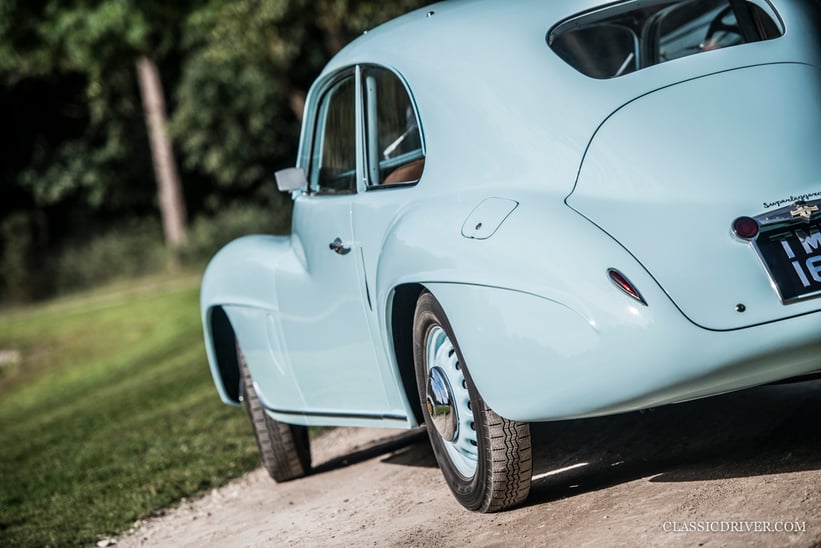
More teardrops might have fallen when this car was found abandoned alongside several other early Bristols on a French farm in 2011. It was in such a state of disrepair that, upon being shipped back to Touring’s Milanese headquarters, the bodywork was deemed unsalvageable. Instead, it was used as a reference from which the coachbuilder’s master metalworkers hand-fashioned a new set of panels, while also creating a replacement for the missing bootlid using 3D analysis of the surrounding planes and underlying tubular framework. At the 2014 edition of Rétromobile, it was shown as a work-in-progress resurrection project alongside its original skin. “It was one of the most challenging and fascinating restorations in my career to date,” recalls Andrea Dragoni, Head of Touring’s classic department. “We literally brought this rare Touring-bodied car back to life.”
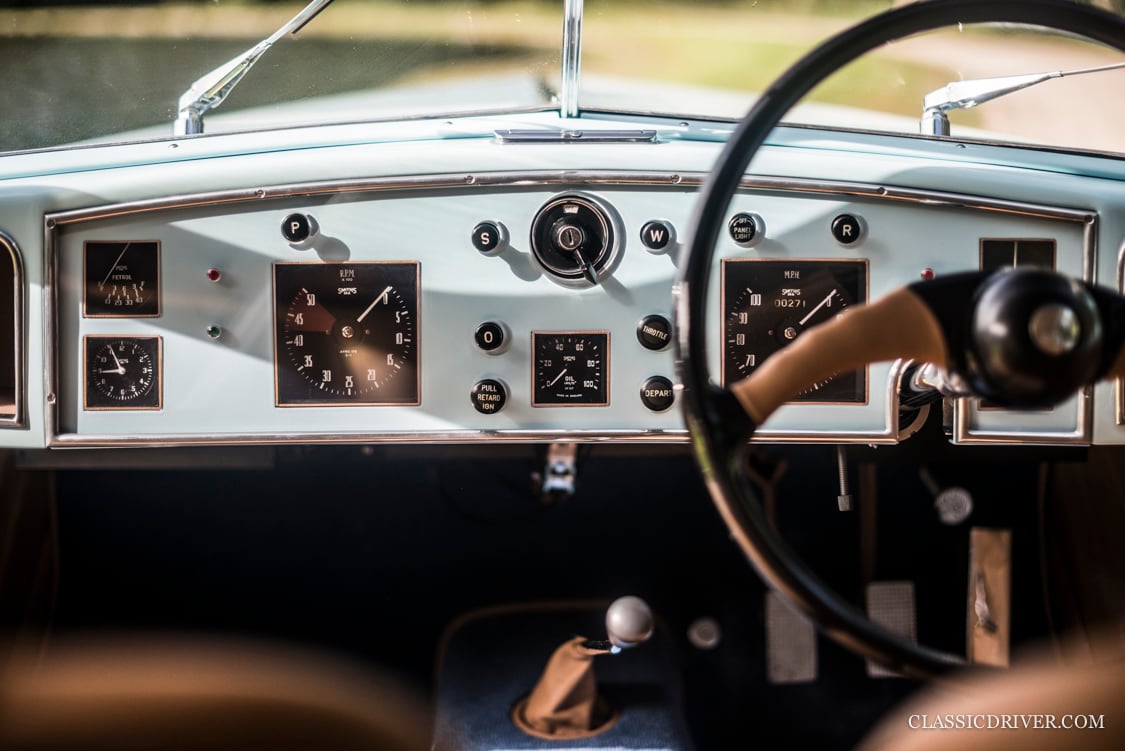
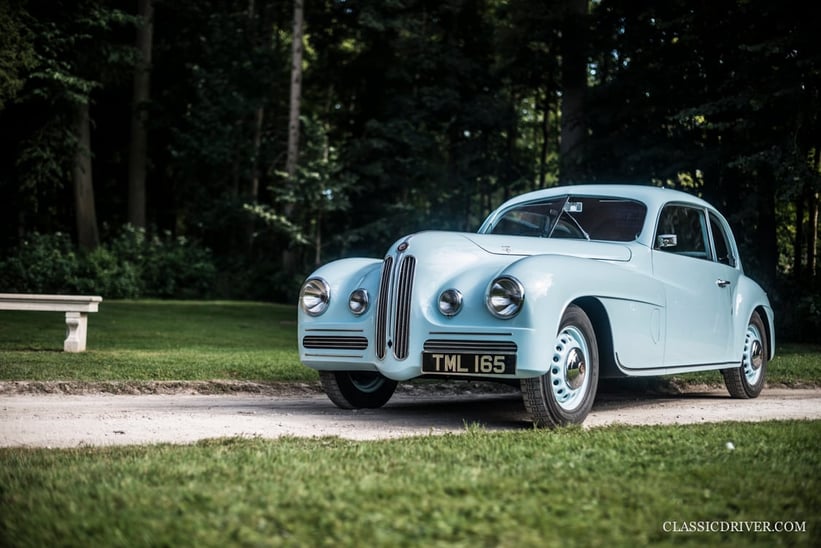
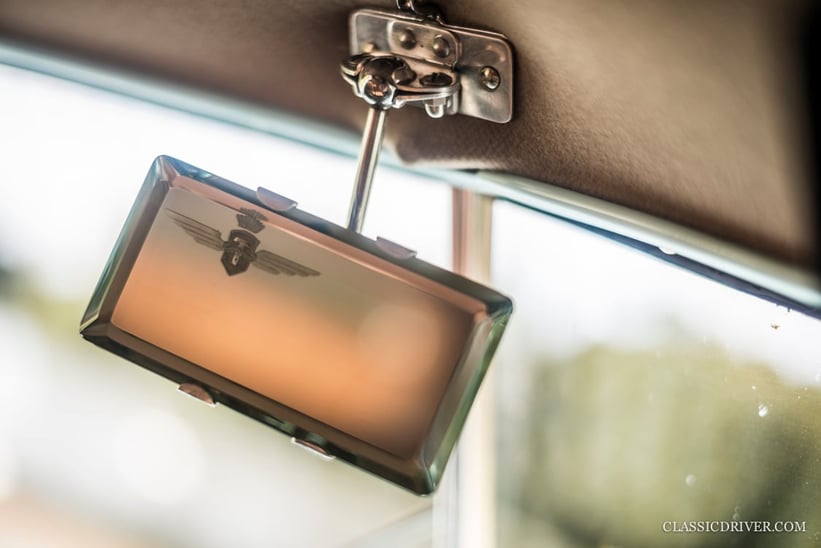
More recently, the car was showcased in its final glory at the 2016 Chantilly Arts & Elegance, where it won a coveted special prize. “To me, this is a prime example of the expertise and depth of knowledge required to undertake such a difficult restoration in such unique circumstances,” continues Dragoni. “It perfectly demonstrates the high degree of skill our master craftsmen possess.” With this accolade, the car finally gains the reverence it was cruelly denied in period, and all with the unassuming grace of a true concours queen.
Photos: © Rémi Dargegen for Classic Driver 2016














































